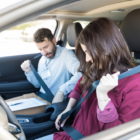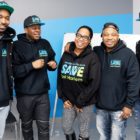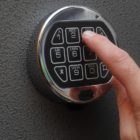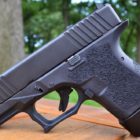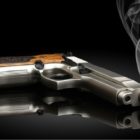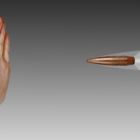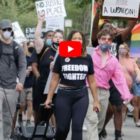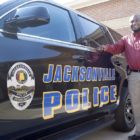
Opinion: Our Maryland Coalition Supports Evidence-based Programs For Black, Brown Communities
|
Gun violence in Maryland disproportionately impacts young Black and brown men and, increasingly, women. It is important that gun violence prevention organizations look beyond traditional efforts to curb gun violence. In light of the murders of George Floyd, Breonna Taylor and many other individuals who have experienced police violence, advocates of violence prevention must address the growing concern of police violence and offer alternatives to community policing.
Marylanders to Prevent Gun Violence has led the charge on that front, joining with The Community Justice Action Fund to create The Maryland Violence Prevention Coalition (MVPC).
MVPC is a statewide coalition of organizations with the joint mission of reducing violence and improving living conditions in underserved Maryland communities. Using a community-led approach, we seek to empower the voices often neglected and educate elected officials and the public about urgent community needs. The coalition was initially formed in 2018 to coordinate education and advocacy efforts to support state Delegate Brooke Lierman’s legislation to establish the Maryland Violence Intervention and Prevention Program (VIPP).
